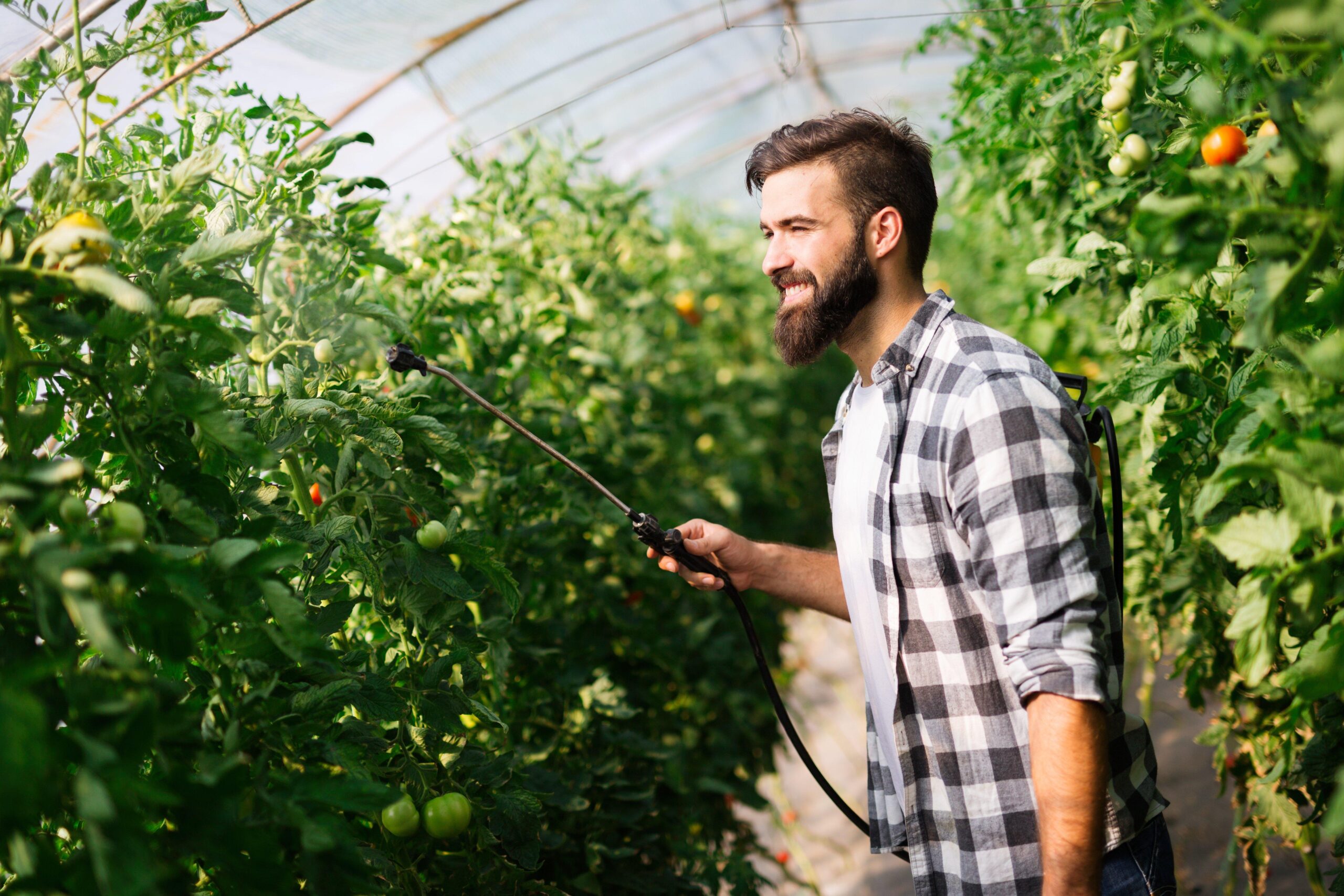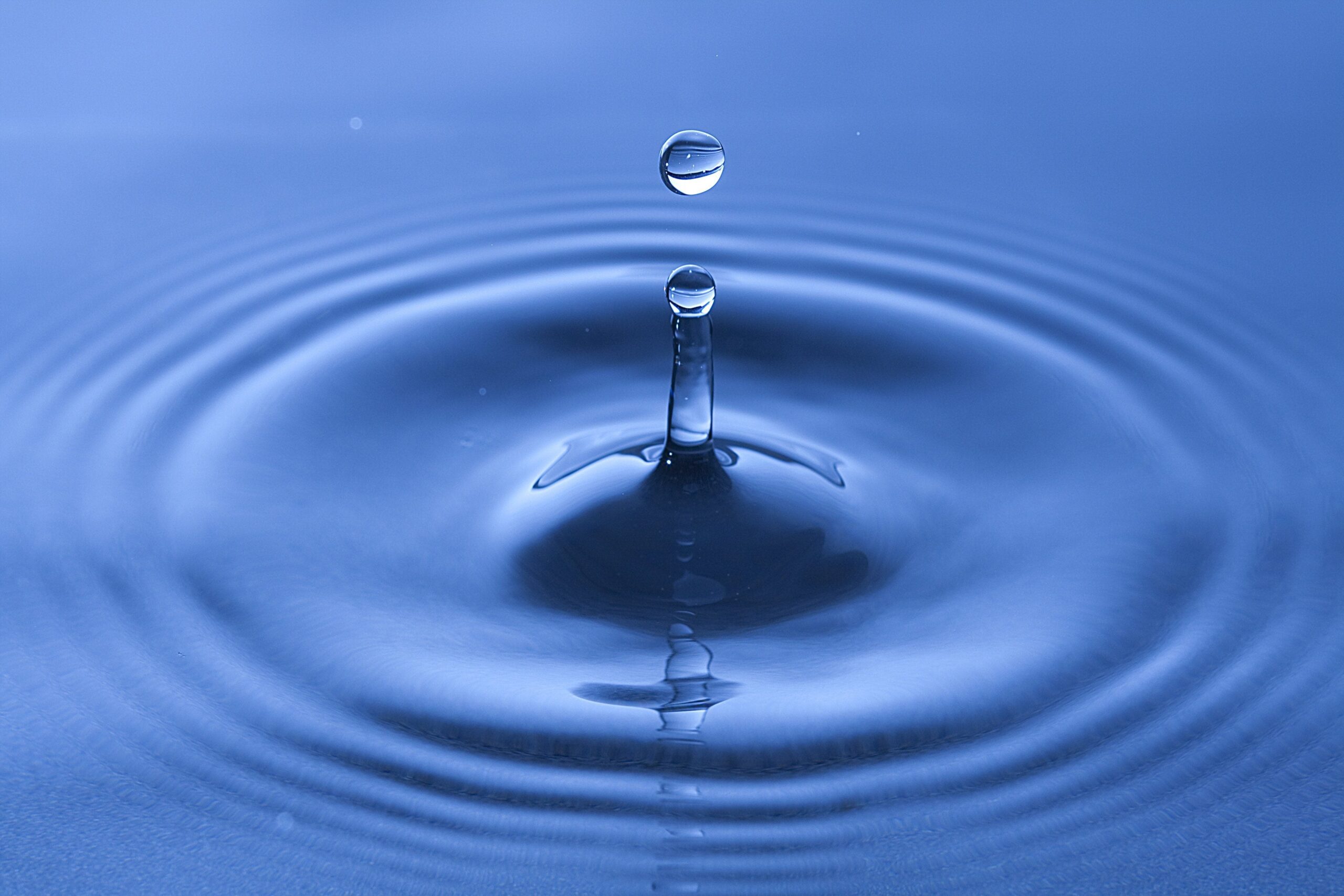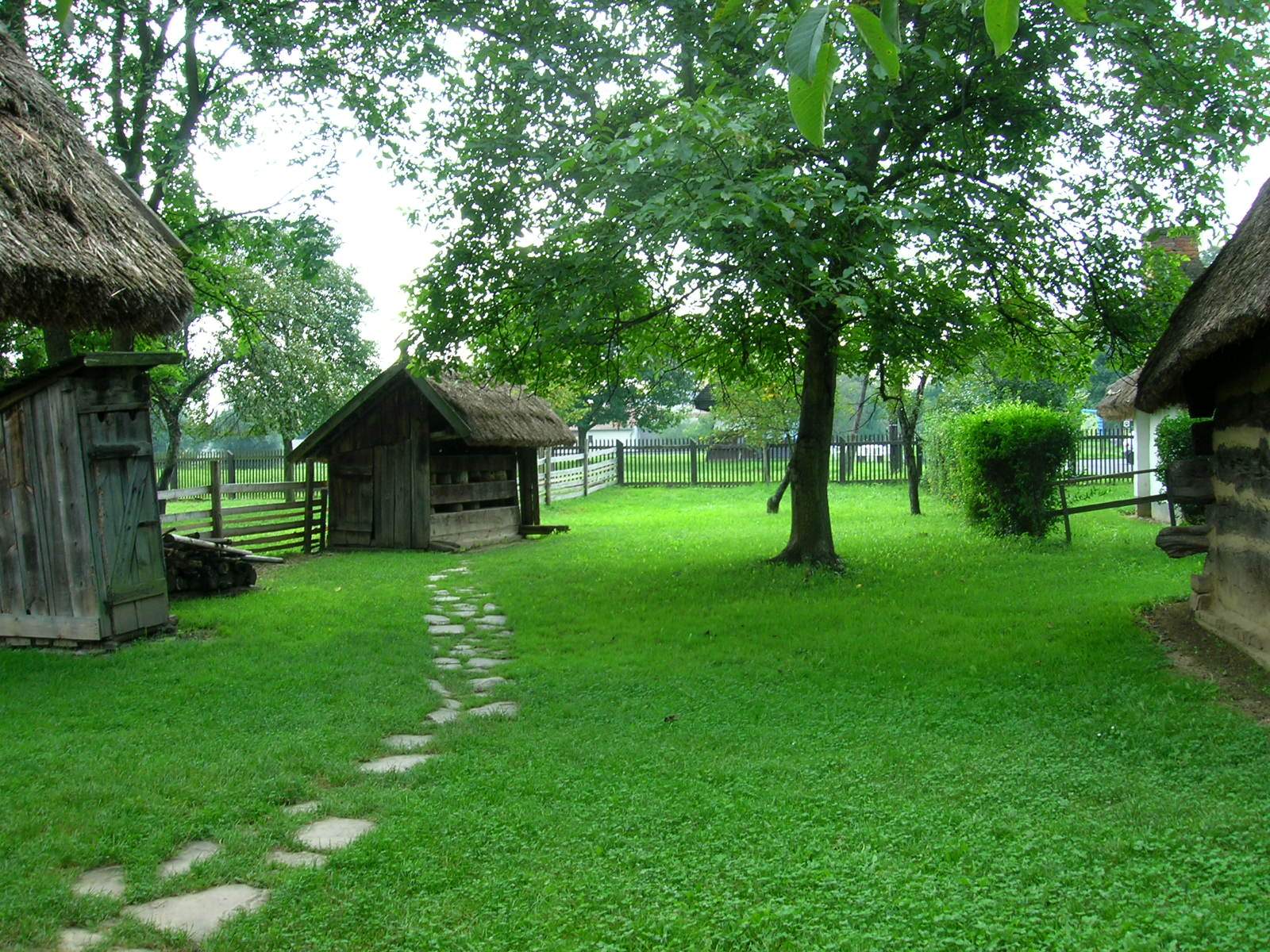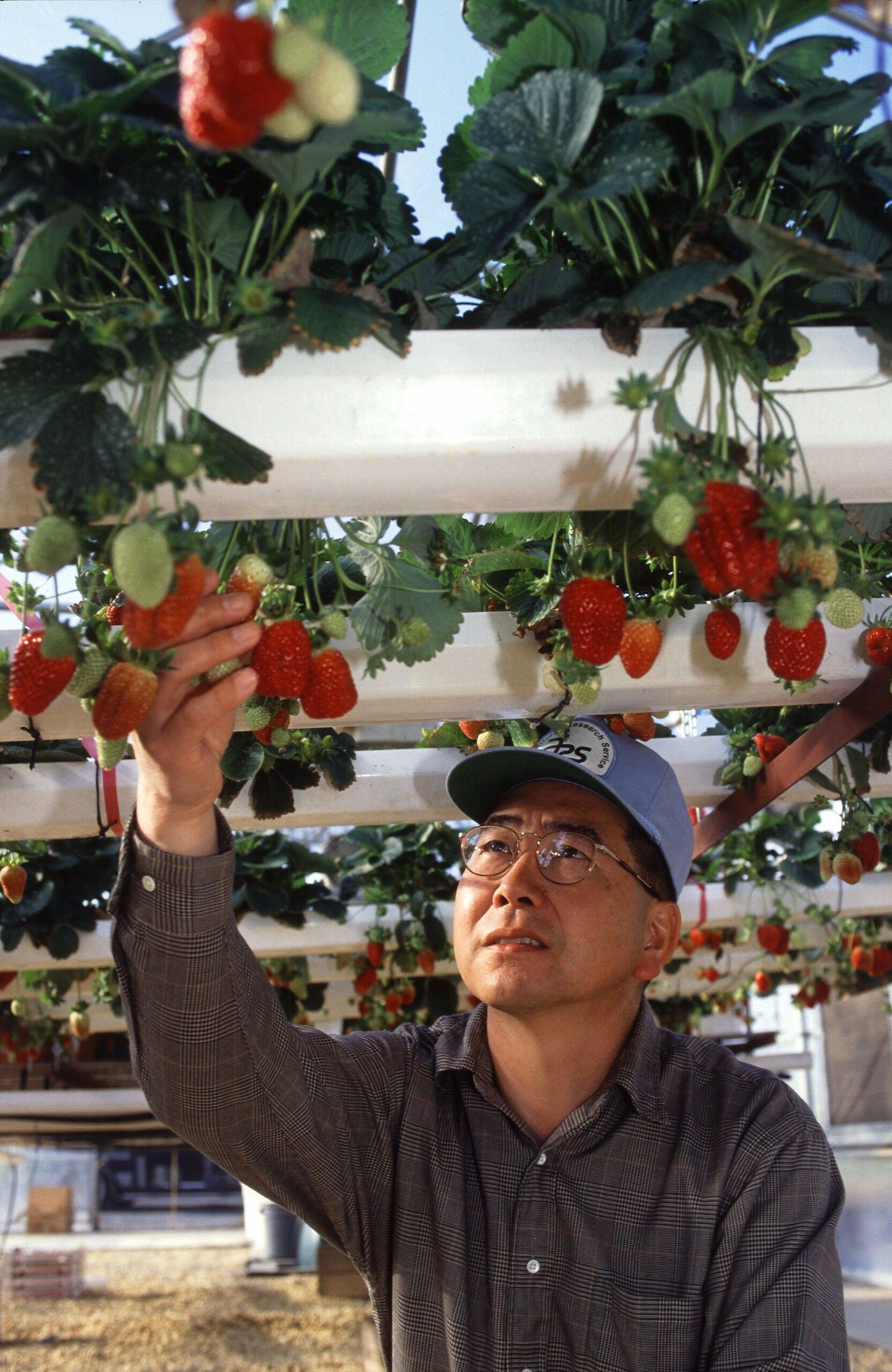Biological Pest Control
In nature populations of a particular species are usually kept in check by other organisms, rather it be predators, parasites, or disease. It is possible to harness these organisms and let them control pests in order to lessen the amount of chemical pesticides










